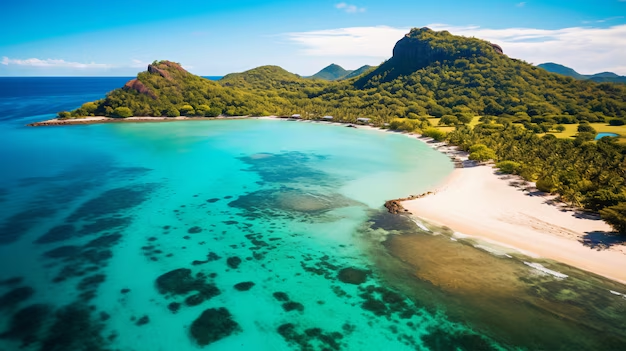Kona coffee, known for its smooth body and subtle sweetness, is the perfect canvas for exploring a world of flavor. Forget boring lattes – let’s embark on a journey of taste sensation with unique spice combinations that elevate your morning cup (or afternoon pick-me-up) into a delightful adventure.
The Cardamom Chai Latte: A Warm Embrace

This recipe infuses Kona coffee with the comforting flavors of chai. Here’s what you’ll need:
Ingredients:
- 1 shot (2 oz) freshly brewed Kona coffee (medium roast recommended)
- 1/2 cup steamed milk
- 1/4 teaspoon ground cardamom
- 1/4 teaspoon ground ginger
- Pinch of ground cloves
- Honey or maple syrup (optional, to taste)
- Whipped cream (optional) Ground cinnamon (optional, for garnish)
Instructions:
Brew a delicious cup of Kona coffee. Steam your milk to a smooth, microfoam consistency. While the milk steams, combine the cardamom, ginger, and cloves in a small saucepan. Heat gently for a few seconds to release the aromas. Pour the hot milk into the saucepan with the spices, whisking gently to combine. Strain the milk back into your steaming pitcher. Combine honey or maple syrup (if using) with a splash of hot coffee to create a smooth syrup. Pour the hot coffee into a mug, followed by the spiced milk and your syrup (if using). Finish with a dollop of whipped cream and a sprinkle of cinnamon for an extra touch of warmth.
The Pumpkin Spice Latte: A Fall Favorite with a Kona Twist

This recipe gives the classic PSL a Kona coffee makeover. Here’s how to do it:
Ingredients:
- 1 shot (2 oz) freshly brewed Kona coffee (medium roast recommended)
- 1/2 cup steamed milk flavored with pumpkin spice syrup (to taste)
- Whipped cream (optional)
- Pumpkin spice sprinkle (optional)
Instructions:
Brew a smooth cup of Kona coffee using a medium roast. Steam your milk to a smooth consistency. While steaming, add your desired amount of pumpkin spice syrup. Pour the hot coffee into a mug. Top with the pumpkin spice-infused steamed milk, creating latte art if desired. Finish with whipped cream and a sprinkle of pumpkin spice for a festive touch.
The Lavender Honey Latte: A Floral and Relaxing Treat

This recipe offers a calming and unique flavor profile. Here’s what you’ll need:
Ingredients:
- 1 shot (2 oz) freshly brewed Kona coffee (light roast recommended)
- 1/2 cup steamed milk infused with a sprig of lavender (removed before serving)
- 1 tablespoon honey (or to taste)
- Whipped cream (optional)
- Lavender buds (optional, for garnish)
Instructions:
Brew a light roast Kona coffee to highlight the floral notes. Steam your milk with a sprig of lavender inside. Remove the lavender before pouring. Warm your honey in a small saucepan or microwave until slightly runny. Pour the hot coffee into a mug, followed by the honey. Top with the lavender-infused steamed milk. Finish with whipped cream and a sprinkle of lavender buds (optional) for a beautiful presentation.
Endless Latte Explorations with KonaCoffee.com
These recipes are just a stepping stone on your latte adventure. Experiment with different spices, herbs, and flavorings to create your own signature Kona coffee latte masterpiece. At KonaCoffee.com, we offer a variety of Kona coffee roasts, allowing you to explore how roast profiles can influence the overall flavor profile of your latte. So, unleash your inner barista, grab your favorite spices, and explore the world of Kona coffee lattes with a twist! Mahalo (thank you) for choosing KonaCoffee.com!


























